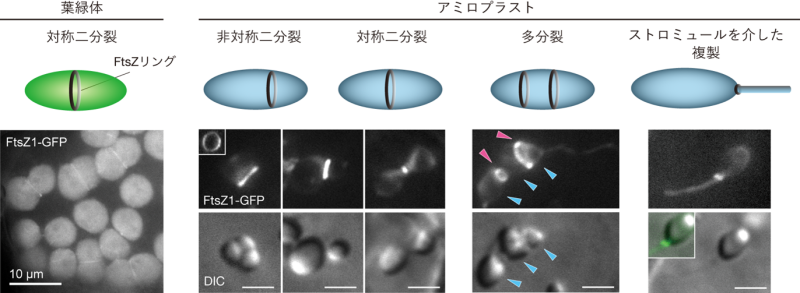2025-07-09 中国科学院(CAS)
 Structural schematic diagram of silicon-22 and its mirror nucleus oxygen-22. Through mass measurements of silicon-22 combined with theoretical calculations, researchers have revealed that silicon-22 possesses a double-magic structure similar to that of oxygen-22, while also exhibiting slight symmetry breaking with a more extended proton spatial distribution. (Image by IMP)
Structural schematic diagram of silicon-22 and its mirror nucleus oxygen-22. Through mass measurements of silicon-22 combined with theoretical calculations, researchers have revealed that silicon-22 possesses a double-magic structure similar to that of oxygen-22, while also exhibiting slight symmetry breaking with a more extended proton spatial distribution. (Image by IMP)
<関連情報>
- https://english.cas.cn/newsroom/research_news/phys/202507/t20250709_1047096.shtml
- https://journals.aps.org/prl/abstract/10.1103/ffwt-n7yc
=14 陽子ドリプライン原子核の質量が示す魔力22Si =14 Magicity Revealed by the Mass of the Proton Dripline Nucleus 22Si
Y. M. Xing, Y. F. Luo, Y. H. Zhang, M. Wang, X. H. Zhou, J. G. Li, K. H. Li, Q. Yuan, Y. F. Niu, et al.
Physical Review Letters Published: 2 July, 2025
DOI: https://doi.org/10.1103/ffwt-n7yc
Abstract
Using the -defined isochronous mass spectrometry technique, we conducted the first mass measurement of the proton dripline nucleus 22Si. We confirm that 22Si is bound against particle emission with /2=+1412(114)/+229(54) keV, fixing the proton dripline location for the Si element. By analyzing the mass differences of the neighboring -shell nuclei, we find that 22Si exhibits a doubly magic character similar to its mirror partner 22O, and that the mirror energy difference of 22Si−22O deviates from the predictions assuming mirror symmetry. Gamow shell-model calculations reveal that the average occupations of valence protons in 22Si are nearly identical to those of valence neutrons in 22O, supporting the =14 magicity in 22Si. The observed mirror-symmetry breaking is attributed to the extended proton distribution in 22Si arising from a small contribution of the unbound 21/2 orbital.



